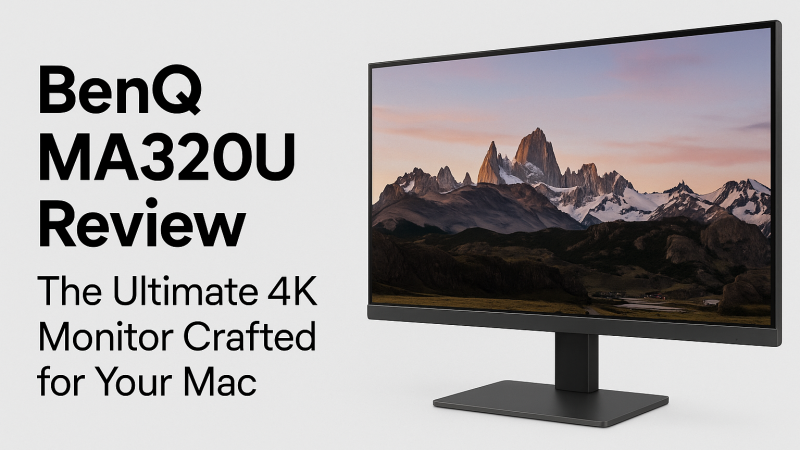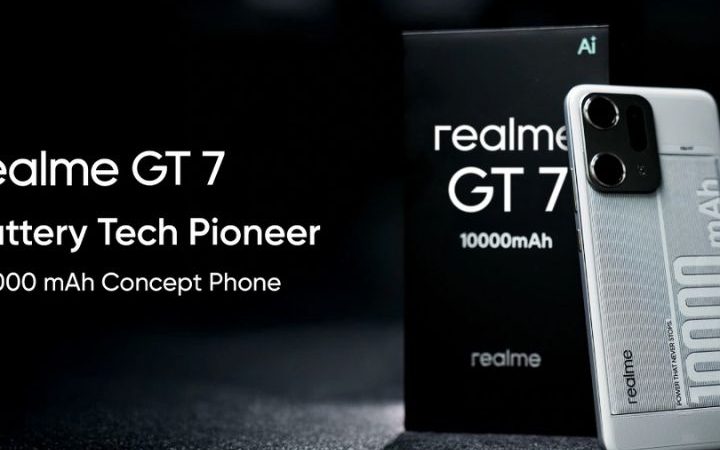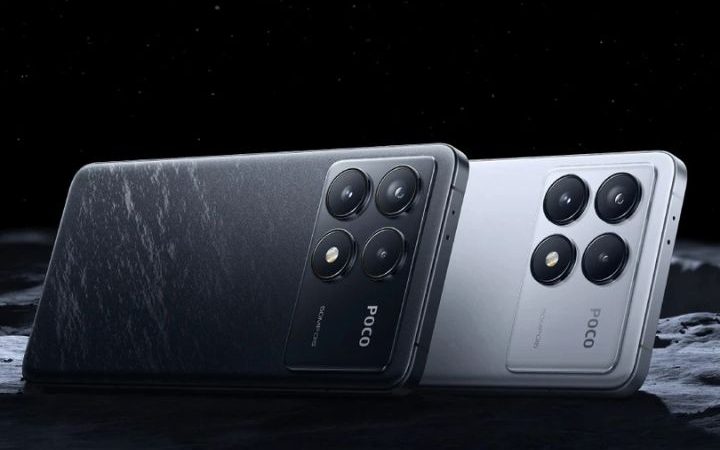Comparing Smartwatches: The Ultimate Guide
When it comes to wearable technology, a smartwatch stands out as a perfect blend of functionality and style. These devices once considered a luxury, have now become a staple for tech enthusiasts and fitness aficionados alike. This guide delves into the key aspects to consider when comparing smartwatches, ensuring an informed decision when selecting the right model.
Design and Build Quality
Aesthetic Appeal
The design of a smartwatch is a crucial factor. It goes beyond mere appearance, intertwining with personal style and comfort. The market offers a variety of designs, from classic watch-like aesthetics to futuristic and minimalist looks. Material quality, from stainless steel to lightweight aluminum, also plays an important role in both durability and comfort.
Display and Interface
The display is the window into the smartwatch’s soul. OLED and AMOLED screens are common, offering vivid colors and deep blacks. Screen size and resolution are pivotal, affecting readability and touch control accuracy. Additionally, the user interface design and responsiveness significantly impact the overall experience.
Features and Functionality
Health and Fitness Tracking
Health and fitness tracking is a pivotal feature in contemporary smartwatches, embodying the essence of wearable technology. These devices routinely incorporate heart rate monitors, step counters, and blood oxygen sensors, providing a comprehensive overview of one’s physical well-being.
Advanced models elevate this experience by offering nuanced functionalities like sleep tracking, which analyzes sleep patterns for better rest quality, and stress monitoring, which uses various metrics to gauge stress levels. Additionally, specific workout modes tailored to different activities like running, swimming, or cycling, help users optimize their exercise routines. This extensive range of features not only tracks fitness metrics but also empowers users to make informed decisions about their health and lifestyle.
Connectivity and Compatibility
Smartwatch’s usefulness extends with its ability to connect to other devices. Compatibility with various smartphones, through Bluetooth and sometimes Wi-Fi, is fundamental. Features like receiving notifications, call handling, and music control directly from the wrist enhance the convenience factor.
Battery Life and Charging
Long battery life is essential for uninterrupted usage. The range varies from one day to several weeks, depending on usage patterns and features. Fast charging capabilities and wireless charging options are also worth considering.
Software and Ecosystem
Operating Systems
The operating system of these watches is a pivotal factor, significantly influencing its functionality and user experience. Prominent among these are Apple’s watchOS and Google’s Wear OS, each offering a distinct array of applications and features. WatchOS, exclusive to Apple Watch, provides seamless integration with iOS devices and a robust health-tracking ecosystem. In contrast, Google’s Wear OS offers versatility with its compatibility across various Android devices and an extensive app library.
Additionally, numerous manufacturers have developed proprietary systems, tailored to integrate with their hardware, offering unique features and often specializing in certain areas like fitness tracking or battery efficiency. Each operating system has its strengths, catering to different user preferences and needs, thus enriching the landscape with diverse options.
App Availability and Customization
The range and quality of apps available greatly influence its versatility. Look for a rich app store offering everything from fitness apps to productivity tools. Customization options like watch faces and widgets also add to the personalization of the device.
Price and Value Proposition
Longevity and Support
Considering the longevity extends beyond its physical durability. The frequency and duration of software updates are pivotal, ensuring that the device remains compatible with new apps and secure against emerging digital threats. Manufacturers who commit to regular updates typically provide a more reliable and future-proof experience.
Additionally, robust warranty policies and responsive customer service are indispensable. These elements safeguard the investment and ensure that any issues are promptly addressed, maintaining the smartwatch’s functionality and user satisfaction over time. This attention to ongoing support reflects a manufacturer’s dedication to their product’s lifecycle and to the user’s experience.
Making the Right Choice
Selecting the ideal watch requires a balance of design preferences, feature needs, and budget. By considering these aspects, one can find watches that not only meet their requirements but also complement their lifestyle. As this technology continues to grow, it offers more than just convenience; it becomes an integral part of daily life, enhancing connectivity, health awareness, and personal expression.






